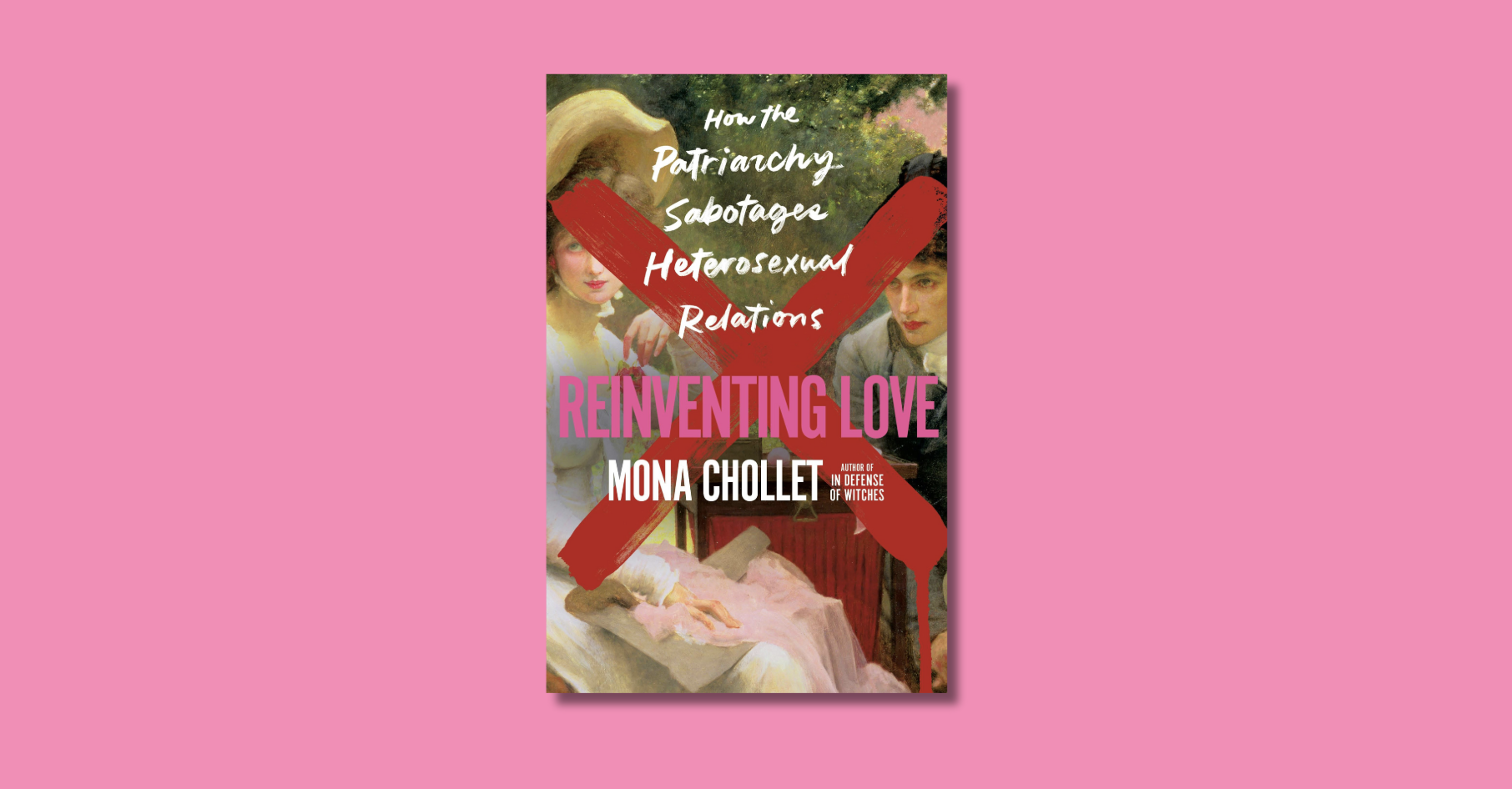The first mention of Ilium comes in the second paragraph of the second story. Ilium – that fictitious mill town in upstate New York, where plenty of Kurt Vonnegut characters – major and minor – have lived out their lives. To the casual reader it may just be a point on an imaginary map. To a Kurt Vonnegut fan, it is a single word that tells us we are back in that post-Second World War era of opportunity and opportunism where idea and invention are the currency that just might – if your powers of persuasion are strong enough – let you trade up from Main Street to Easy Street USA.
A world away from the savvy sellers of Mad Men, these dreamers and schemers from upstate New York – and from New England and from the Mid-west – are basically decent strivers, still sorting out what their American Dream will look like. Meanwhile, tugging at the sunny optimism of the day are the fresh memory of 30s austerity and 40s rationing. And the Cold War cloud above everyone’s head. And secrets. And loneliness.
Welcome to a Kurt Vonnegut story.
 Look at the Birdie, a new collection of previously unreleased short fiction seemed immediately familiar. I mean that as a good thing. After all, as the dust jacket tells us, these stories were all written “just as he was starting to find his comic voice.” My guess would be 1950s, when Vonnegut was beginning to populate Ilium, and when he was framing his satire in sci-fi structures and beginning to play with the dynamics of human relationships.
Look at the Birdie, a new collection of previously unreleased short fiction seemed immediately familiar. I mean that as a good thing. After all, as the dust jacket tells us, these stories were all written “just as he was starting to find his comic voice.” My guess would be 1950s, when Vonnegut was beginning to populate Ilium, and when he was framing his satire in sci-fi structures and beginning to play with the dynamics of human relationships.
“Confido” introduces us to Henry and Ellen living their humdrum routine. Ah, but Henry has an invention which will shake up their and everyone else’s lives. It’s a fantastical tale of science at odds with intimacy.
“FUBAR” introduces us to Fuzz and Francine. Fuzz, you see, is a forgotten, misplaced cog in a complex organization in Ilium. A shrunken, emasculated man. Into his life comes Francine to remind him that he has a beating heart. It’s a lovely story of “a freak to those he was among, a ghost to those he should have been among.”
We meet a salesman in Vermont who cold-calls a romance novelist to find that she and her husband, inspiration for her stories, are light years away from their fictionalized depictions, and longing for a return to anonymity.
From one tale to the next, fresh characters are introduced to us in that familiar voice. There’s Weems, a hypnotist in Indianapolis. We meet Lowell the linoleum salesman. There’s Red the bridge tender, back in town after being on the high seas for eight years. Watch out for Larry the serial lover and the discarded Ellen, tenacious as she insinuates herself into Larry’s daily routine. And then there’s Felix Koradubian – he’s a lunatic you won’t soon forget. There’s Henry and Anne. They live a charmed, sheltered life that gets a shake-up when they encounter Stanley Karpinsky at night in the park. And perhaps the centerpiece of the collection is “Ed Luby’s Key Club”, an Ilium tale of success and failure, with Harve and Claire as two innocents caught up in a corrupt town.
It’s hard to say whether a non-Vonnegut fan will be won over by this collection. Such a reader should really begin with Welcome to the Monkey House, one of the finest short story collections I’ve read. Those stories are more fully realized. And then the uninitiated should read all the novels. But a fan will welcome this glimpse into the mind of the young Vonnegut. His voice can’t be heard too often for my tastes. Two-and-a-half years after his death, it’s a treat to be in the presence of his wit – whether a friendly wink or some darker satire. And to return to the humanity that underpins all his writing. And to visit Ilium once again.








